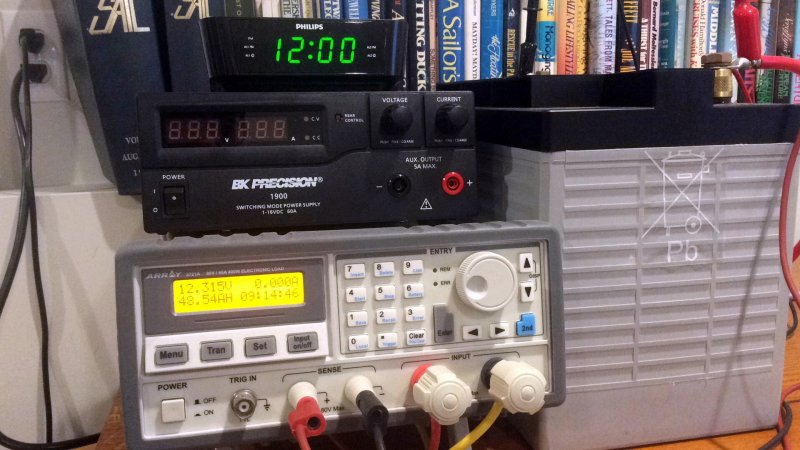As you will note from some of the comments above, you may have a greater need for that 75A than you realize.
Idling is very useful when you want to run the microwave and the battery is low, but it will not appreciably charge the bank. And the key thing is that you want those long hours of absorb charge, after you hit "full" charge, and most of us never idle the engine for four+ hours. This is where a good solar set up is a lifesaver. (And a bad one; one that does not allow a long absorb stage, can hurt you.)
The key point is to avoid chronic undercharge.
Uh, no.
Again, a solar array capable of 17-20 amps, and 20 amps of charging when the truck is running, we never need more.
That's literally less than 5 hours (at 20 amps) needed to (nearly) completely top off the house bank.
Sunny days, zero worries at all. Solar does the rest of the charge. 100% SOC is common, by mid-day.
The Victron BVM monitor proves that.
The ONLY time we need to even idle the truck is when we stay for more than a few days in one place, in the winter, panels covered in snow....
Even then we still have a second array of panels we could deploy on the ground. Its just easier to remote start the truck from the camper

If the bank dips below 60%, we will run the truck for half an hour each morning. This typically keeps things about 50%
Once back on the road, its all gravy.
We've had this setup since 2012/2013. First set of deep cycles lasted nearly 6 years.
And I'm pretty sure running them dry and letting them freeze is really what did them in, not age and charge/discharge cycles or SOC.
You do have to try pretty hard to destroy true wet deep cycles.





